|
We are here in London, immersed in the study of Traditions of Yoga and Meditation. It is intense so far, with nearly every waking hour spent in reading, study or practice of some sort. A great relief from the constant reading is our study of the Bengali language. We chose this because it is the language spoken in Kolkata, where Ghosh's College is located. Every time we are in India, we pick up a little bit---we know how to say "how are you?", "go straight", "egg" and "french toast"!---but of course we wish we knew more. So we have embarked into proper study of the language, both reading and speaking. The Bengali language, Bangla বাংলা, has its own alphabet. Which means that the first step is figuring out the sounds of each letter as well as the shape. Needless to say, the letters are quite different from the alphabet used in English, so we have to regress to the level of schoolchildren, drawing shapes over and over again on notepaper until we get it right. This is surprisingly calming and refreshing, especially after studying complex academic arguments in our other courses. In Bangla we get to be artists. To an English speaker, there are some elements of Bangla that are quite confusing. For example, each consonant contains a vowel within it! So the letter 'n' is not just a consonant, but also contains a sound after, making it 'na'. This is true of all the letters, so the alphabet is made up of 'ka' 'ga' 'na' 'ma' 'ba', etc. If that seems confounding, welcome to the club! Luckily for us, we studied a bit of Sanskrit a couple years ago, and Sanskrit follows the same basic rules. So this wasn't new to us, which was a relief.
Once we get around the inherent differences in the logic of the language, it is really just a matter of getting used to the words, sounds and structures. I try to imagine myself as a 3 year old, listening to the sounds and repeating them until they work. I guess the difference here is that 3 year olds don't have an exam at the end of the term. Bangla is one of the most widely spoken languages on the planet, but it is often overshadowed by its fellow Indic language, Hindi. Hindi is more commonly used, but not by much. So we hope that improving our knowledge of Bangla will help us in our research---since the Indian libraries are full of books in Indic languages---as well as with our relationships and communication while we're in Kolkata. Just for fun...some Sanskrit letters are similar to Bangla, some are different. Here are a few. On the left is Sanskrit, the right is Bangla. a आ আ ma म ম na न ন ba ब ব la ल ল ka क ক ga ग গ ha ह হ pa प প pha फ ফ tha थ থ
0 Comments
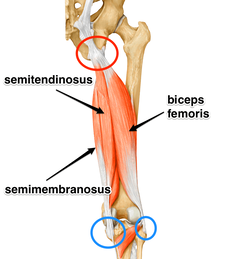 This is part of a series about Injuries In Yoga. The single most common injury that we see in the yoga world is a hamstring attachment injury. It happens due to over-stretching the hamstrings. Since so many postures and exercises target this muscle group on the back of the thighs, what often ends up happening is we over-stretch and the tendon that attaches the hamstrings to the sit bones gets damaged. Quite often, we mistake this new, intense sensation for a "deeper" hamstring stretch, so we continue to push (or more often pull). This makes it worse, and many of us don't realize there is an injury until serious damage has been done. Stretching the hamstrings has become central to many styles of yoga. Like many other physical elements of modern practice, this emphasis comes from gymnastics, contortion and dance. In any given class, we may stretch the hamstrings from numerous positions: standing, seated, legs together, legs split, one leg, both legs, etc. This injury creates pain at the point where the hamstrings attach to the sit bones (ischial tuberosities), at the base of the pelvis in the back, pictured to the right and circled in red. It can be painful in forward folding positions, and may be sore after class so that it hurts to sit down. It is sometimes called "yoga butt". This injury is so common that almost half of yoga practitioners---men and women---have it currently or have had it in the past. Common postures that could strain the hamstrings are: Hands to Feet, Standing Separate Legs Stretching (pictured above), Standing Bow, Standing Splits, Stretching, Separate Legs Stretching and Tortoise, etc. Take a moment to notice the similarities in these positions, pictured below. They all tilt the pelvis forward with relationship to the femur (thigh bone). This makes the hamstrings long, which is why we feel the "stretching" in the back of the leg. The deeper these postures are, and the harder we push them, the more likely it will be to damage the attachment of the hamstrings. HOW TO HELP
First and foremost: rest. I know you don't want to hear this, and resting can be a real challenge for the mind and ego. This injury can take months or years to heal, and the more we aggravate it the longer it will take. Avoid forward folds for several months. Seriously! You can still do lots of other exercises and postures, but avoid forward bending of the hip for awhile. DO NOT STRETCH YOUR HAMSTRINGS! Second, don't overstretch the hamstrings, even after you're healed. The natural range of motion of the hamstrings only gets the femurs (thigh bones) to about 90 degrees with the pelvis when the knees are straight. This means that the vast majority of contortion-influenced yoga postures that "stretch" the hamstrings take it too far, which is why injury is so common. You might not be able to do Standing Splits with the same picturesque beauty, but you will be able to walk and sit without pain. Third, strengthen and shorten the hamstrings. We did a whole blog on this, where we explain a handful of postures and exercises that will make the legs strong and help prevent injury. These include Balancing Stick, Squatting, Bridge and Jastiasana. IN CONCLUSION The most important thing to take away from this is that you can get hurt from yoga practice. If you have pain at the back of your hip, the top of your hamstrings, at or near your sit bones, and this is exacerbated when you do forward folding postures, STOP IMMEDIATELY! It is very likely that you are damaging the upper attachment of the hamstrings. Take the time to let it heal, and then perhaps adjust your approach to the physical postures so that they have less likelihood of injury. 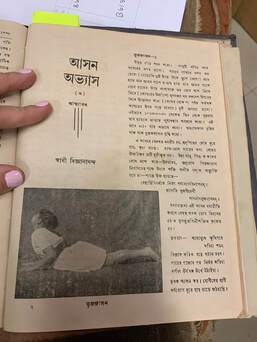 (If you missed the beginning of this project or want a refresher, here is Part 1.) Hello from Kolkata! As I write this, I (Ida) am sitting in the heart of Kolkata, somewhere between Ghosh's Yoga College in the north part of the city, and the National Library where I spent the day. About 6 months have passed since I was last here. In that time the project has been moving along slowly but surely. We ran a kickstarter, which didn't quite work but it did lead to a few podcasts and an article in Scroll.In. It has also led to a wonderful outpouring of comments, questions and well wishes. I am so inspired by this, and grateful for the enthusiasm and energy people have been bringing to the project through their kind words. Over the summer I also worked on a publishing pitch which was been submitted to a handful of publishers. Given the feedback it's gotten so far, Chandrima and I feel we're getting close to something happening with it. There are several goals of this trip. One is to continue finding articles written either by the Bengali women of yoga or about them. Just today I found several! A goal from the beginning has been to find Reba Rakshit's family and see if they are interested in sharing with they know. Miraculously, I recently got a phone number, they were receptive to the request and willing to meet! This is big and should help settle the pieces into place. Stay tuned as this project continues to unfold! Over the past few months, we have heard increasingly loud calls for talk about injury in yoga. So many students are hurt or have pain, and they don’t know what it is, how it happened or how to fix it. Some are even told by their teachers to push through the sensation to continue deepening the physical postures. After all, these exercises and postures are supposed to be healing, right? When we describe the common yoga injuries, students are both 1) shocked that you can get hurt doing yoga, and 2) surprised to hear us describing the pain and difficulty that they experience.
Yes, yoga can hurt you. It’s true. If you’ve practiced the physical forms of yoga that are popular in the West for more than a few months, chances are you’ve been injured or know someone who has. This is not to say that physical yoga practices are inherently dangerous or should be avoided. The same risk is present in virtually any physical activity: basketball, running, bowling. Anytime we use the body in a repetitive way and push it to go farther and farther, the risk of injury is quite high. We generally don’t know the limits of our capabilities until we go too far! Yoga is mostly thought of as a healing, healthy and therapeutic form of exercise, not to mention safe. Since most of us approach the practices thinking they will help us, we overlook the possibility for injury until it’s too late. It is especially true in the yoga world, where we want to believe that it only has the ability to make us better, more open, happier, peaceful versions of ourselves. The idea that any of these practices could injure our bodies, nervous systems or minds feels foreign and even contradictory. So all too often we disregard it. Until we get injured. Even then, we may think it was our fault, that we weren’t doing the practice right, because a “healing” practice couldn’t possibly be dangerous. But injuries are quite common in yoga. And each style has its own tendency toward certain imbalances, as the stress and repetition in each practice are a little different. We are going to do a whole series of posts about Injuries In Yoga. We will go into some depth about the most common injuries we see, which include hamstring attachment strain, hip impingement and labral tear, meniscus tear in the knee, supraspinatus damage in the shoulder, bicep tendon strain in the shoulder, sacroiliac instability in the low spine, and neck pain in the base of the neck. All of these can be created or exacerbated by physical yoga practices. For now, we want you to know that yoga can injure you, especially if you think it never will. Always take care and try to understand what you’re doing and why. Some intense sensations are safe and even beneficial, while others are not. Use caution and ask your teacher if you’re not sure. If they tell you that you won’t hurt yourself in yoga, get a new teacher. If you have an injury or had one in the past that you’d like to tell us about, please comment or message. Let us know your experience! We finally arrived in London! After more than a year of preparations and a solid month of visa and passport complications, we touched down in London yesterday and begin our studies today. For the next year we will be here at SOAS University of London, delving into the Traditions of Yoga and Meditation.
We at Ghosh Yoga have always straddled the divide between modern Western yoga, Indian tradition and academic scholarship. All three aspects are fascinating and deep in their own right, each with earnest students and diverse perspectives. Put them together and it can go one of two ways: It can be terribly confusing and frustrating with so many different points of view which are often contradictory to one another. Or, as we see it, it can be illuminating, as certain beliefs from one area are unknowingly adopted into another. We love going to India and experiencing the culture and tradition first hand. It is not only humbling and humanizing to be in another society, but it enriches our understanding of yoga and its underlying philosophy, purpose and development. Of course, being from the US, we were brought up in the modern Western yoga studio system, where the focus is mostly physical with a few hints of mental underpinnings. This year will be focused, though, on academic scholarship. We will study the histories of Buddhism, Jainism and Hinduism that gave rise to yoga and meditation, all from a "scholarly" perspective. This has its limitations, but it is only one piece of a broader set of knowledge. We don't take this type of formal schooling to be the most valuable bit but an equally useful piece of a well-rounded perspective. We honestly don't know what we will learn this year. It wouldn't be much use if we did! The goal is to put ourselves in the hands of our teachers and to be open-minded. It is exciting to be in the presence of some of the preeminent yoga scholars of today, like Jim Mallinson, Mark Singleton and Jason Birch. Our ears are open! |
AUTHORSScott & Ida are Yoga Acharyas (Masters of Yoga). They are scholars as well as practitioners of yogic postures, breath control and meditation. They are the head teachers of Ghosh Yoga.
POPULAR- The 113 Postures of Ghosh Yoga
- Make the Hamstrings Strong, Not Long - Understanding Chair Posture - Lock the Knee History - It Doesn't Matter If Your Head Is On Your Knee - Bow Pose (Dhanurasana) - 5 Reasons To Backbend - Origins of Standing Bow - The Traditional Yoga In Bikram's Class - What About the Women?! - Through Bishnu's Eyes - Why Teaching Is Not a Personal Practice Categories
All
Archives
May 2024
|

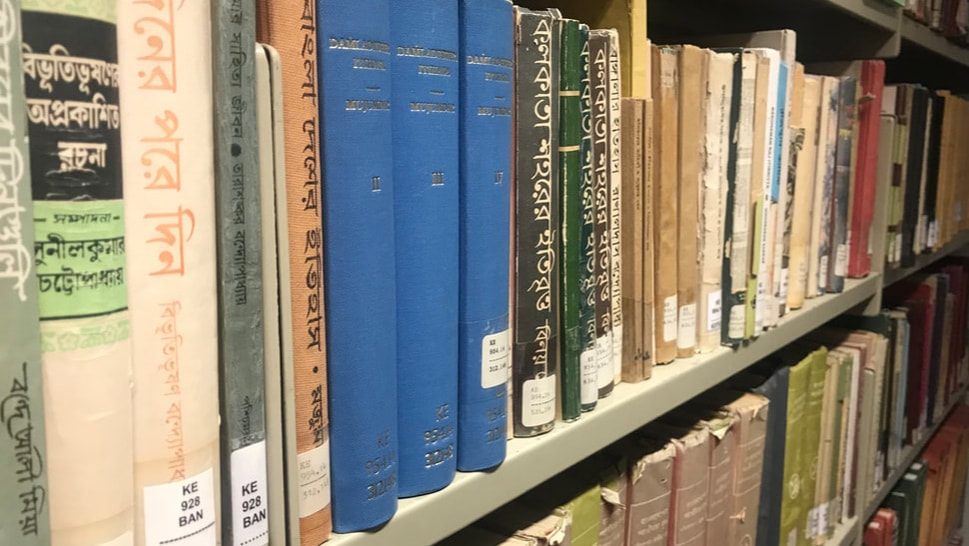
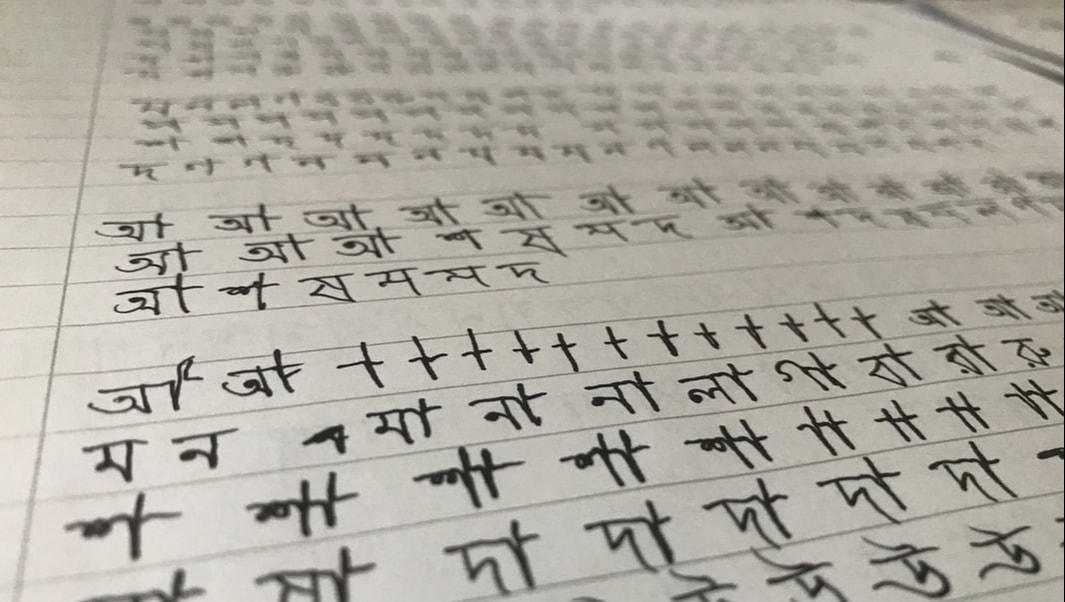
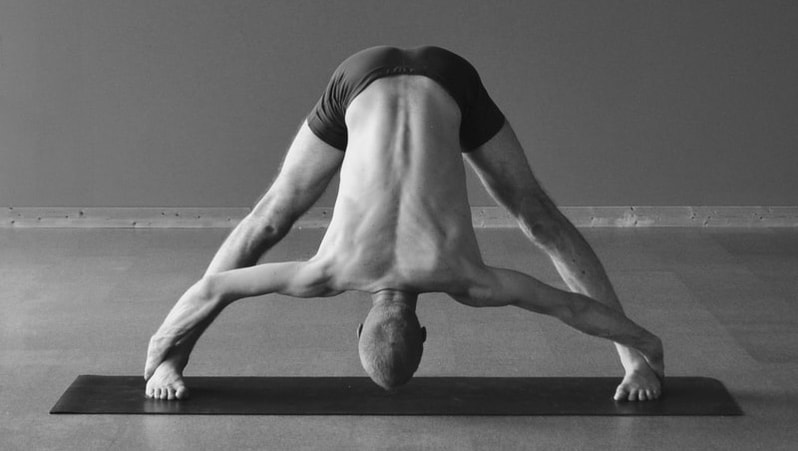
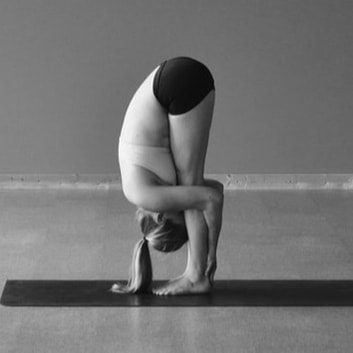
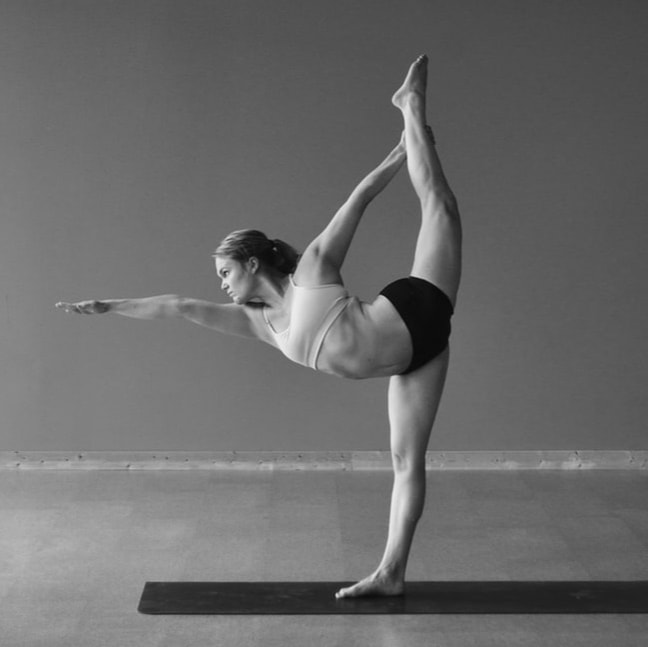
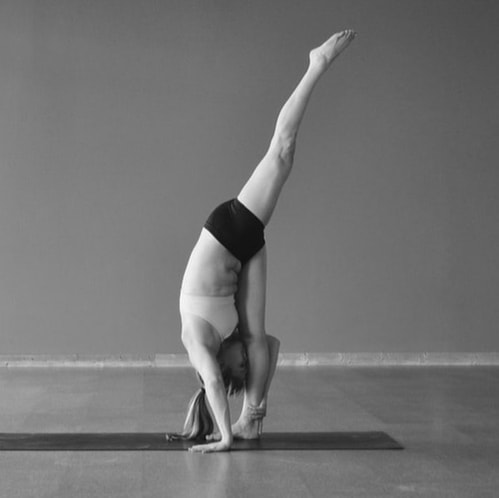
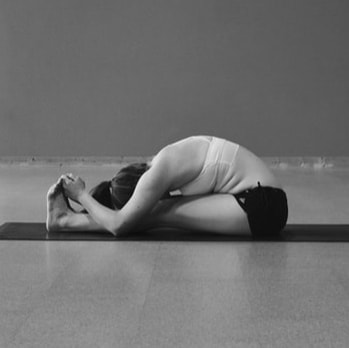
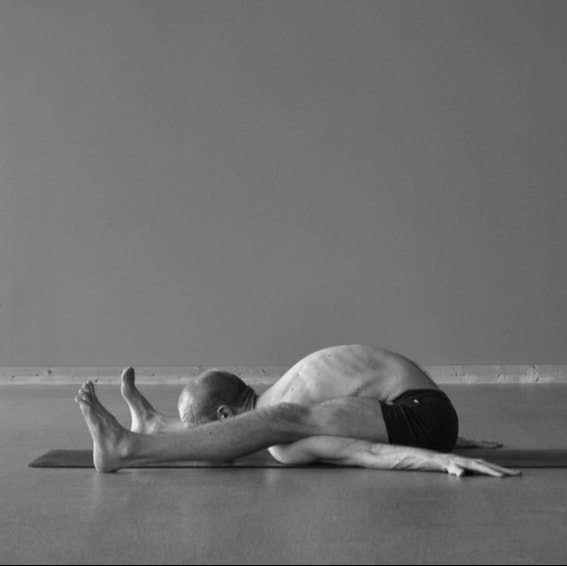

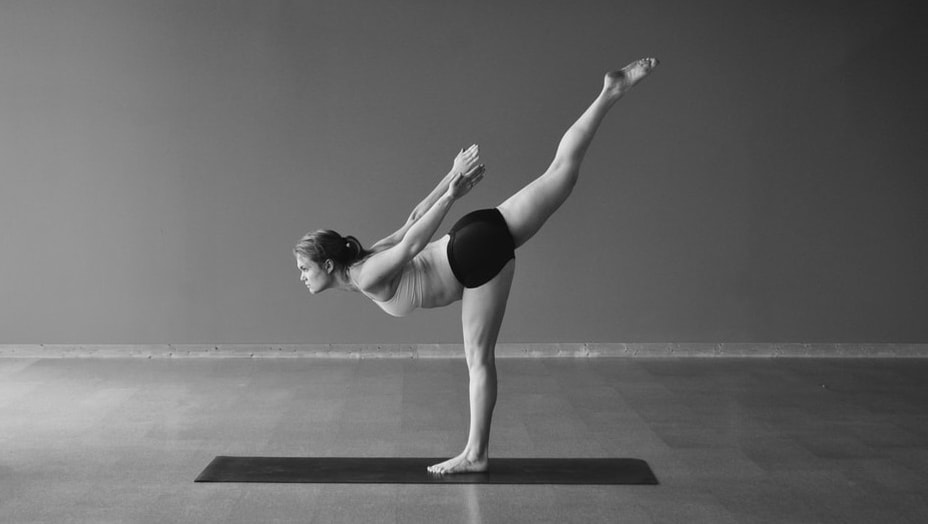
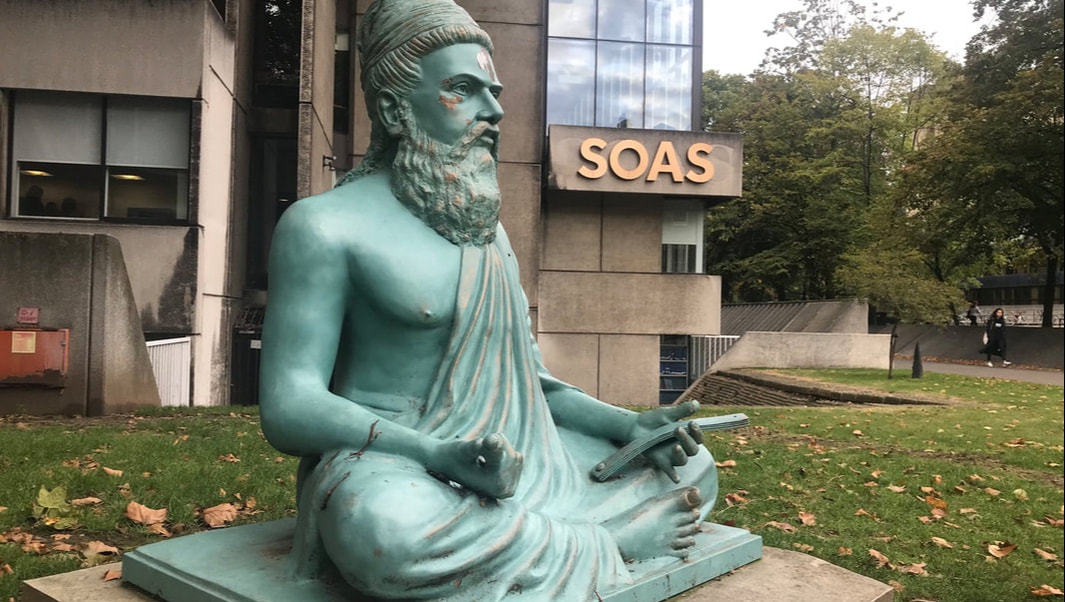





 RSS Feed
RSS Feed